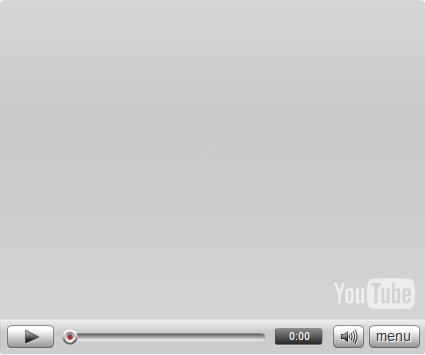We’re seeing more and more unique ideas for reimagining DJing and the two-turntable setup. Here are two examples from opposite ends of the spectrum: one employs a non-traditional interface to do traditional DJing in a new way, while the other uses the traditional interface to produce new DJ techniques. To me, the latter is more interesting, but both are meaningful parts of the process.
From the excellent PSFK, Dan Gould finds a project by Scott Hobbs, a Dundee University (UK) student, building a project that access sampling, looping, and scratching features via touchscreens, instead of desks. (Via Gizmodo — thanks, Goldfinger!)
Final Product // ATTIGO TT from Scott Hobbs on Vimeo.
Scott has some great other videos on his Vimeo account, as well, and some more product design stuff on his personal site.
Curiously, though, a lot of these kinds of designs wind up replicating existing DJ techniques — techniques that have a history that’s really tied to the hardware, even when that hardware is gone. But a funny thing happens, at the opposite end of the spectrum, when DJs experiment with keeping the hardware but creating new techniques. dj sniff, now artistic director at STEIM, has a really unique style of DJing. I imagine some will love it, and it’ll drive other people nuts. But it’s certainly going in a new direction.
You can check out more of his research projects and DJing at sniff’s site. In an extreme example of customizing the existing hardware, he even makes custom needles, which result in spidery, wired sensors.
The secret sauce for changing the DJing itself is cut ‘n play, a "crossfader-triggered sampler module made with Max/MSP." The result is chopped-up, frenetic sampling that’s tied directly to the existing hardware metaphor. It’s this idea of stretching sampling in DJing that we saw, in a slightly different form, in the open-sourced ammobox Reaktor project.
What to me is appealing in all of this is that it’s rooted in the way in which turntablism evolved in the first place: abuse of your musical tools to create a new form. The appeal of doing that goes far beyond the history of DJing, of course. It’s not just random abuse: there’s a science to warping musical instruments into new forms.
I look forward to seeing what people do next.


